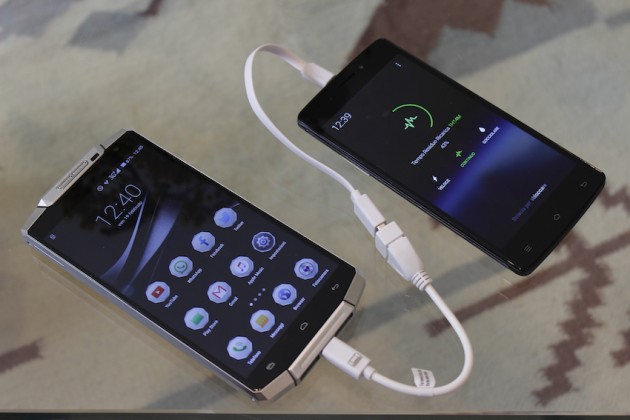Hi there,
Yes such thing does exists: http://www.mateksys.com/?portfolio=upm
You can get it from Aliexpress or something, its not cheap, around 8 to 10 USD.
But I do have a personal experience with them, this method is a bit fidgety. For example, the current drawn by the device is never the same all the time, due to differing loads (when the screen is on, or when wifi is switched on, or when you receive SMS, etc). Hence there is always some level of uncertainty. Not to mention that the charger and the USB cable also plays a role.
Next, the preset values of END LEVEL of 10, 20, 30, 40, 60, OFF, might not be suited to your device to cut it off at a certain level, ie 80% exactly. Also, until now, I have no idea what END LEVEL refers to, is it the residual current (mA) or what, no explanation on that. I have tried setting on various levels before, but all end time seem very erratic , resulting in different charge level most of the time.
So going with the other forumer’s suggest is better, ie setting timer for a charge.
If you have better luck with this thing, do let me know by PM ya. Or, if you find a better device which allows you to program the residual current instead of a fixed value of 10, 20. 30. 40 or 60.
PS: I did give the suggestion to the manufacturer, they did not respond.
